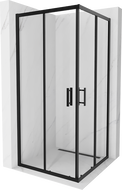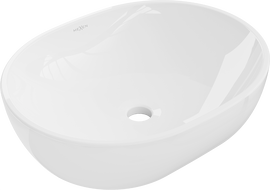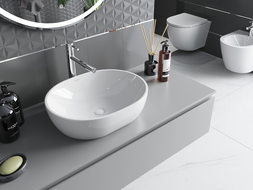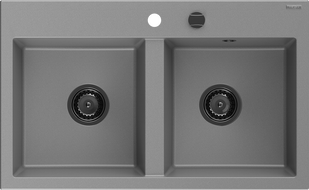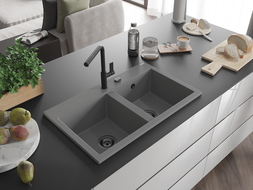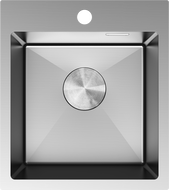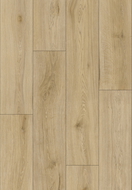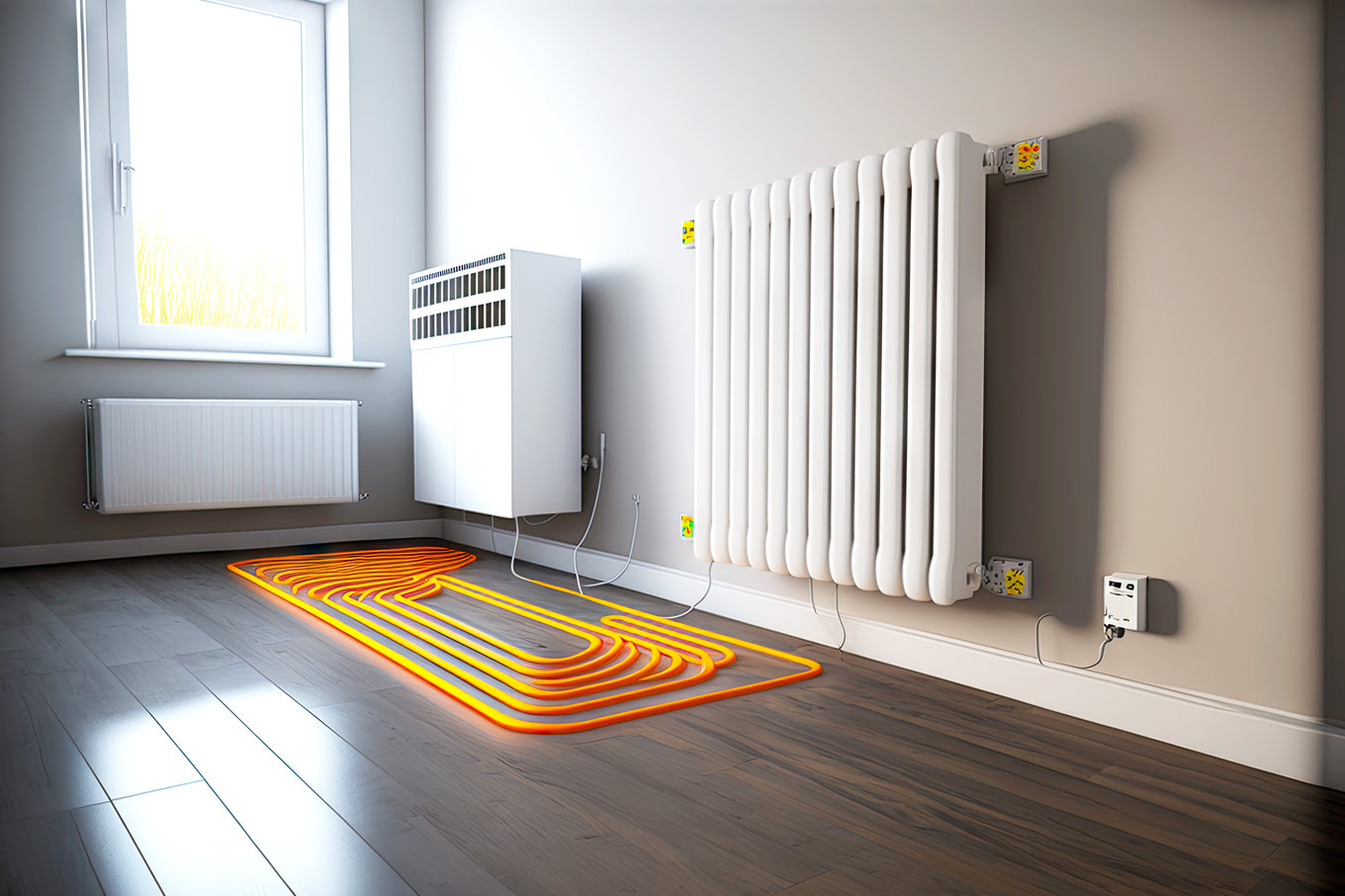
When choosing flooring for underfloor heating, many factors must be considered, such as the type of room, aesthetic preferences, budget, and technical requirements.
This article will discuss different types of flooring, their advantages, and disadvantages in the context of underfloor heating. This will help you make the best decision tailored to your needs.
What kinds of flooring for underfloor heating - types of coverings
When considering the choice of floor covering that will work best with underfloor heating, we can choose from a variety of materials. We will briefly discuss them below.
Ceramic Tiles
Classic ceramic tiles are quite a popular choice for underfloor heating due to their durability, ease of cleaning, and resistance to moisture. However, ceramics are cool to the touch. When choosing this type of covering, it is essential to select tiles with a low thermal conductivity coefficient, which will ensure efficient room heating.
Wooden Floor
A wooden floor is undoubtedly beautiful and natural, adding warmth and character to any room. Unfortunately, wood reacts quite strongly to changes in temperature and humidity, so it is not recommended for underfloor heating. Regular heating and cooling can cause the wood flooring to react negatively to such fluctuations, making it uneven and possibly squeaky.
Stone Tiles
Natural stone, such as marble or granite, is a very elegant solution that can be installed on underfloor heating. Stone tiles are durable, easy to maintain, and effectively conduct heat. Unfortunately, some types of stone may react to temperature changes, which can cause the tiles to crack.
Concrete Floors
Concrete floors are another solution that can be used for underfloor heating. A concrete floor is durable, thermally stable, and energy-efficient, making it seem like an ideal solution for many. However, it is worth noting that these floors may not match many room arrangements, and the structure of the concrete itself is not among the materials that are pleasant to touch.
Vinyl Panels
Increasingly popular nowadays for flooring finishes suitable for underfloor heating are vinyl panels. Users appreciate them for their durability, ease of installation, and wide range of patterns and colors. A crucial parameter for vinyl panels is their low thermal conductivity, making them a very efficient solution for underfloor heating.
The type of floor covering you choose depends on many aspects. Equally important are aesthetic preferences, functional requirements, and budget possibilities. Among the options mentioned above, vinyl panels appear to be the best choice. They are an excellent proposal both for visual and functional reasons.
At Mexen store, you will find a wide selection of vinyl panels available in almost any color. Choose your favorite and transform your interior quickly and easily.
What to consider when choosing materials for underfloor heating?
The most crucial operating principle of underfloor heating, in short, is that the heating system located under the floor heats up and then transfers the temperature to the surroundings. To make this possible, the covering laid on the heating must allow for free heat flow. Therefore, the parameter you must pay particular attention to when choosing flooring is the one concerning thermal resistance.
The lower the coefficient, the higher the efficiency of underfloor heating. Therefore, it is necessary to choose materials with low thermal resistance, which will allow the temperature produced by the heating system to be quickly transferred to the room.
According to current European standards, low thermal resistance is a value that should not exceed 0.15 m²K/W, calculated together for the covering and the substrate. The information about this can be found on the packaging of both panels or ceramic tiles and the substrate. The thickness of the material laid on the underfloor heating, along with thermal resistance, affects how quickly the floor absorbs temperature and starts to heat the room. By choosing a floor covering with low thermal resistance, you affect not only the efficiency of heating but also the height of the bill.
Appropriate flooring for underfloor heating
When considering how to choose the best floor for underfloor heating, it is also worth paying attention to aesthetic aspects. Modern technology allows laminated and vinyl panels to successfully imitate the look of stone or natural wood. Therefore, they are used as floor coverings that perfectly fit into any interior design. The variety of patterns and colors, as well as the possibility of laying vinyl panels oneself, makes it the best material for underfloor heating for many.
Vinyl flooring is one of those solutions that is currently gaining popularity, with its supporters emphasizing high quality and elegant design. An undeniable advantage of this type of panel is easy installation, which can even be done independently.
The most important features of vinyl panels
Discussing the advantages of vinyl panels, let's start with those that are most important in the context of this article.
- Excellent heat conduction: vinyl floors are excellent heat conductors, making them an ideal choice for underfloor heating systems. They allow heat to spread evenly across the floor's surface, providing a comfortable room temperature.
- Moisture resistance: vinyl floors are completely resistant to moisture, making them an ideal choice for bathrooms, kitchens, and other high humidity areas. Vinyl does not absorb water and does not warp under its influence.
- Resistance to mechanical damage: vinyl panels are resistant to scratches, abrasion, and scuffs. They work excellently in high traffic areas, in homes with small children, and in homes with pets.
- Resistance to light: vinyl panels do not change color under exposure to sunlight. Floors even in highly sunlit areas retain their original color for many years.
- Ease of maintenance: vinyl floors are easy to keep clean as they are resistant to stains and other dirt. This makes vinyl panels a practical and convenient solution for people who do not have the time or inclination to scrub the floor.
Underfloor heating, on which vinyl panels are laid, begins to emit pleasant warmth quickly. This is particularly comfortable in a bathroom, where the temperature should be higher than in the rest of the house. Let's add that a warm floor throughout the house undoubtedly increases living comfort.
What flooring for underfloor heating - Summary
When deciding on the right covering for underfloor heating, many different aspects must be considered. Pay attention to ensure that the chosen material allows heat to flow.
Wood floors are too thick, especially if they are engineered boards, to effectively allow heat through. A similar situation occurs when opting for ceramic floor tiles - only the thinnest will have appropriately low thermal resistance but may be too delicate for intensely used rooms.
An excellent choice will be panels made of durable vinyl, as they can successfully imitate wooden flooring, thus becoming a real decoration of the room.


